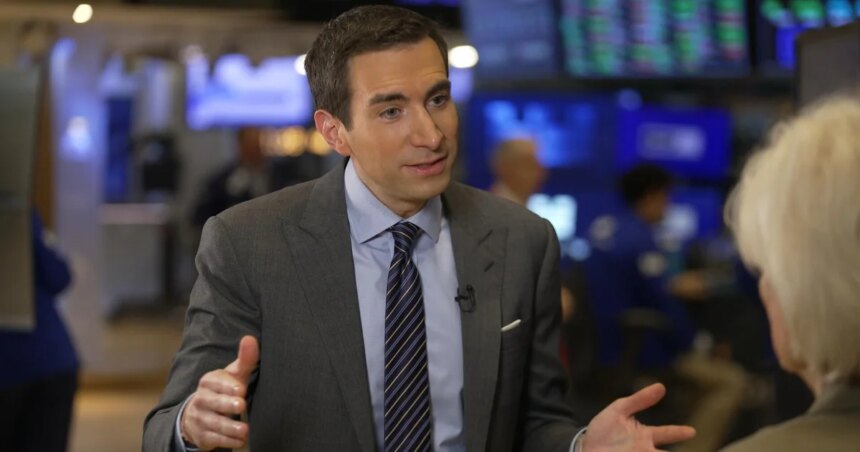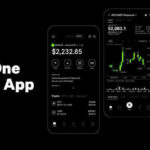After years of investigation into the events surrounding the infamous stock market crash of 1929, financial journalist Andrew Ross Sorkin has raised alarm bells about the current state of Wall Street, suggesting eerie parallels between today’s market and the prelude to the Great Depression. Sorkin, who authored a new book titled “1929: Inside the Greatest Crash in Wall Street History – and How It Shattered a Nation,” set to release soon, cautions that despite a brief dip, stocks have surged recently, leading to concerns about overheating.
Reflecting on the speculative fervor prevalent in both eras, Sorkin likened the current market dynamics to a new Roaring ’20s, where technology—including the burgeoning artificial intelligence (AI) sector—is credited with driving impressive gains. However, he expressed skepticism about the sustainability of this growth, comparing it to a “sugar rush.”
His observations underline the anxiety that comes with soaring stock prices: “I’m anxious that we are at prices that may not feel sustainable,” he remarked, articulating concerns over widespread speculation and significant debt levels reminiscent of the years leading up to the 1929 crash.
In the historical context, Sorkin detailed how the market of 1929 was characterized by rampant speculation among ordinary investors who were largely unaware of the risks tied to heavy borrowing. New practices, such as buying on margin—where investors borrowed money to purchase stocks—became commonplace, luring those with modest means into the market. This practice was accelerated by changes in financing, such as the advent of credit offered by car manufacturers like General Motors.
His analysis points to alarming similarities today, as vast sums of money flow into AI and technology stocks, even as uncertainties loom in the broader economy. Recent events, such as political tensions surrounding tariff threats from former President Trump, have only added to the volatility.
Sorkin painted a picture of a market that is increasingly susceptible to speculation, which he believes is exacerbated by a rollback of regulations designed to protect consumers. With the U.S. Securities and Exchange Commission (SEC) loosening rules and government agencies scaling back consumer protections, he voiced concerns that the framework keeping investors safe is eroding, creating a risky environment for both seasoned and novice investors.
Historically, regulations imposed after the 1929 crash mandated transparency and disclosure from public companies—a stark contrast to private firms, where such requirements are minimal. This shift in regulatory philosophy has raised fears that, unlike in the past, there are now fewer safeguards for ordinary Americans seeking investment opportunities, particularly in private equity and venture capital.
The dialogue around democratizing finance has gained momentum, with advocates arguing that more inclusive investment options could benefit a broader demographic. Larry Fink, CEO of BlackRock, recently suggested allowing retirement accounts to invest in riskier assets, including AI startups and cryptocurrencies, highlighting the potential rewards but also the inherent risks involved.
Sorkin cautioned against unbridled enthusiasm surrounding some investment vehicles, particularly in the cryptocurrency space, where speculative trends have emerged. He recounted a personal experience involving the creation of a meme cryptocurrency linked to his name, which saw its value skyrocket before plummeting dramatically. This anecdote serves to underscore his broader warnings about the dangers of speculative bubbles.
Amid these discussions, Sorkin remains cautious yet resolute: while he foresees an impending market crash, he admits uncertainty in terms of timing and magnitude, reiterating the necessity for vigilance in navigating these tumultuous financial waters.







